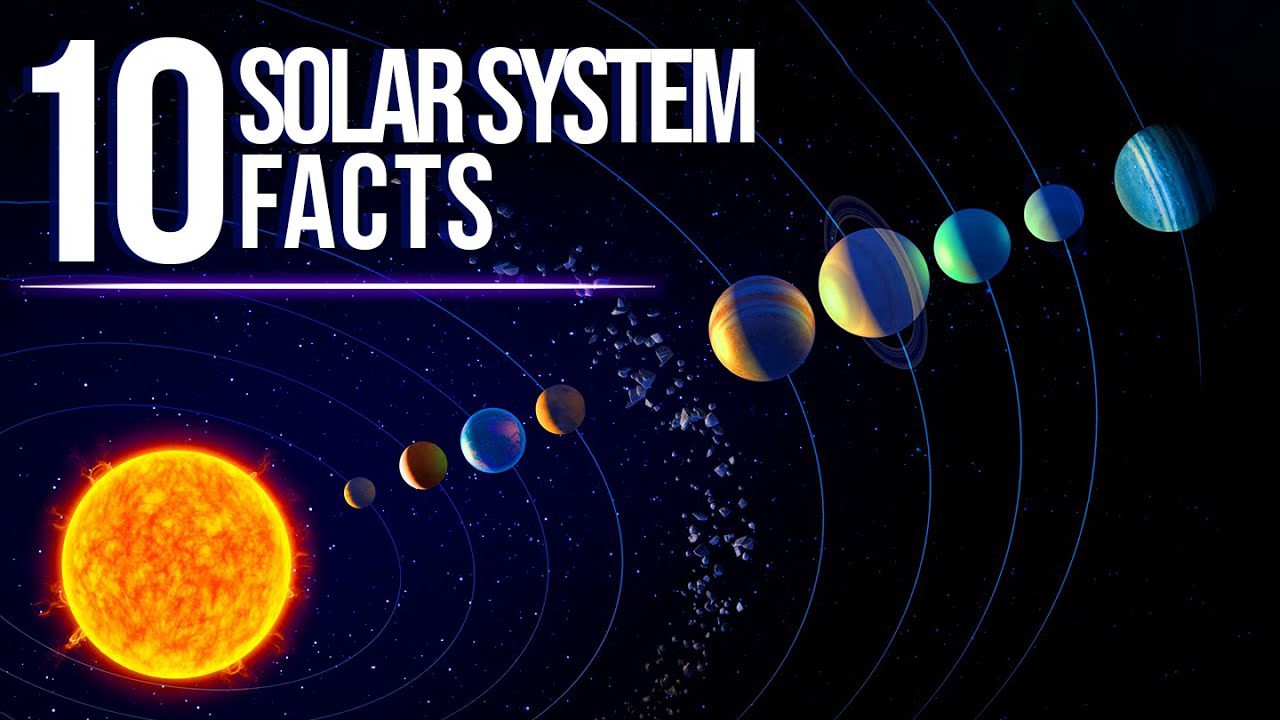The solar system is an incredible expanse of planets, moons, asteroids and comets orbiting the sun. Here we present ten fascinating facts about our celestial neighbourhood, including intriguing tidbits about the sun and its overwhelming mass, the number of moons within the system, the planet containing the tallest known volcano, the surprisingly spacious asteroid belt, and the impressive Kuiper belt that spawned many of the comets visiting the inner solar system. We also highlight the giant planet Jupiter’s mind-blowing magnetic field, the five dwarf planets in the system, and the possibility of a ninth planet located beyond Pluto.
10 Mind-Blowing Facts About Our Solar System
Our solar system is a vast expanse of planets, moons, asteroids, and comets that orbit around the sun. It’s been studied and explored for centuries, but there are still many incredible things we’re learning about our corner of the universe. Here are ten mind-blowing facts about our solar system:
1. The sun accounts for almost all the mass in the solar system
The sun is by far the largest object in our solar system, accounting for about 99.86% of the total mass. The remaining 0.14% is split between all the planets, moons, asteroids, and other smaller objects.
2. There are more than 200 moons in our solar system
When we think of moons, we usually think of Earth’s one natural satellite. But there are actually more than 200 moons in our solar system! Some planets, like Jupiter and Saturn, have dozens of moons each.
3. The largest volcano in the solar system is on Mars
Olympus Mons is the tallest volcano in our solar system, standing at a staggering 22 kilometers tall. It’s located on Mars, which is a planet known for having some of the most impressive geological features in the solar system.
4. The asteroid belt is not as crowded as you might think
When we imagine the asteroid belt, we might picture a crowded field of space rocks constantly colliding with each other. In reality, the asteroid belt is mostly empty space, with the asteroids spread out far enough that collisions are rare.
5. Jupiter’s magnetic field is 20,000 times stronger than Earth’s
Jupiter is a massive planet, and its magnetic field is equally impressive. In fact, it’s 20,000 times stronger than Earth’s magnetic field, which is already a strong magnetic field by Earth standards.
6. There are five recognized dwarf planets in our solar system
Pluto used to be the ninth planet in our solar system, but in 2006 it was reclassified as a “dwarf planet.” There are currently five recognized dwarf planets in our solar system, with the potential for more to be discovered in the future.
7. Saturn’s rings are not as solid as they appear
Saturn is well-known for its impressive rings, but they’re not as solid as they appear. The rings are actually made up of countless tiny particles, from dust-sized particles to larger chunks a few meters in size.
8. The Kuiper Belt is home to many icy objects
The Kuiper Belt is a region past Neptune that’s home to many icy and rocky objects. It’s believed to be the source of many comets that pass through the inner solar system.
9. Venus has the longest day of any planet in the solar system
Venus is known for being one of the hottest planets in the solar system, but it also has the longest day of any planet. A day on Venus (the time it takes for one rotation) is longer than its year (the time it takes to orbit the sun)!
10. There may be a ninth planet in our solar system
In recent years, astronomers have discovered evidence of a potential ninth planet in our solar system, located far beyond Pluto in the Kuiper Belt. It’s estimated to be about ten times the mass of Earth and would take more than 10,000 years to complete one orbit around the sun.
In conclusion, our solar system is a fascinating and complex system of planets, moons, asteroids, and other objects that continues to reveal new mysteries and secrets. Whether it’s the towering volcanoes of Mars or the vast emptiness of the asteroid belt, there’s always something new to discover in our corner of the universe.
